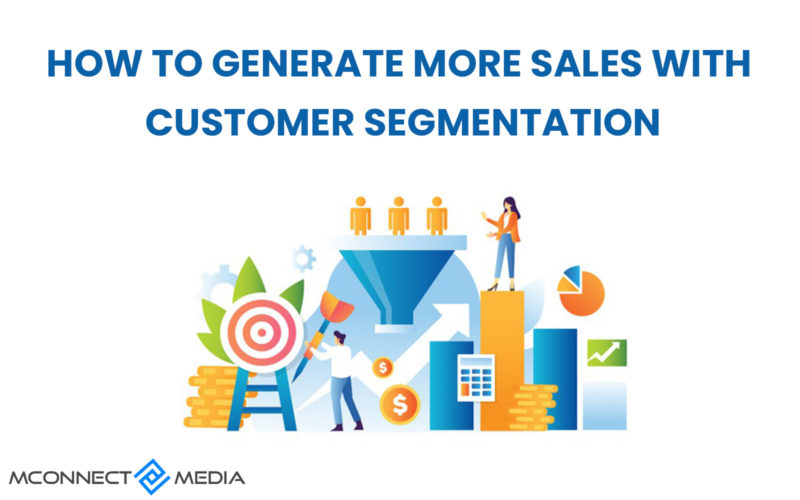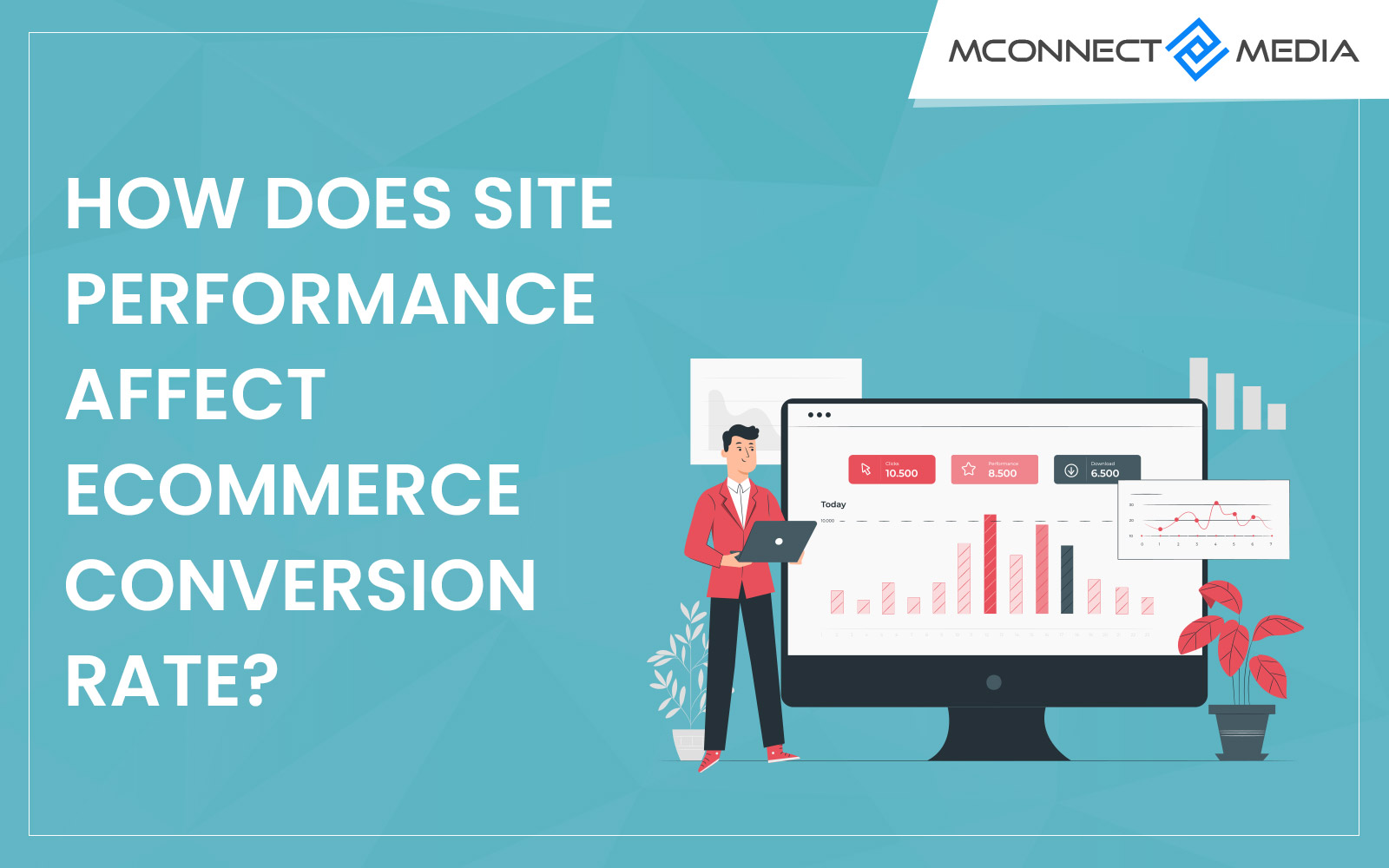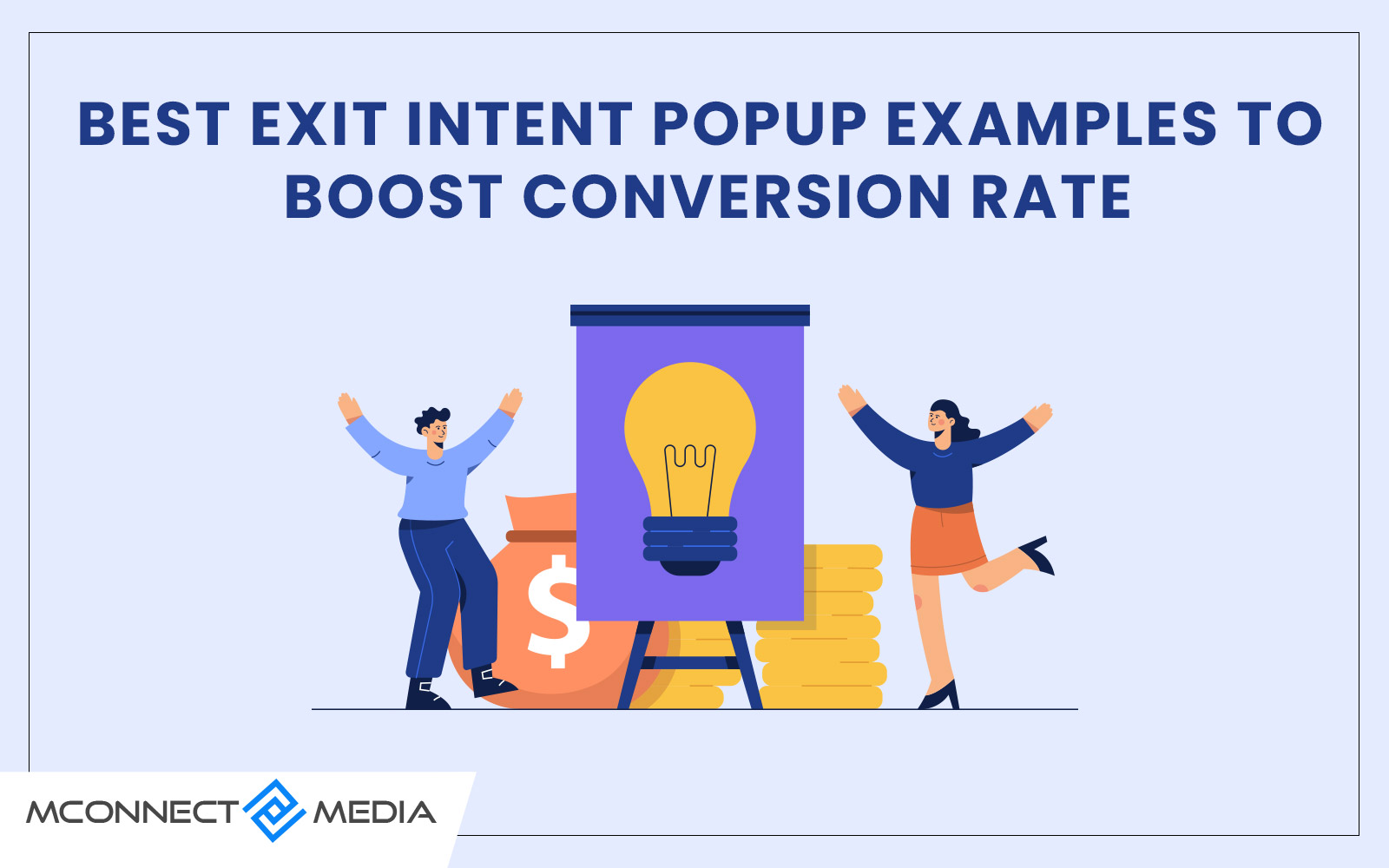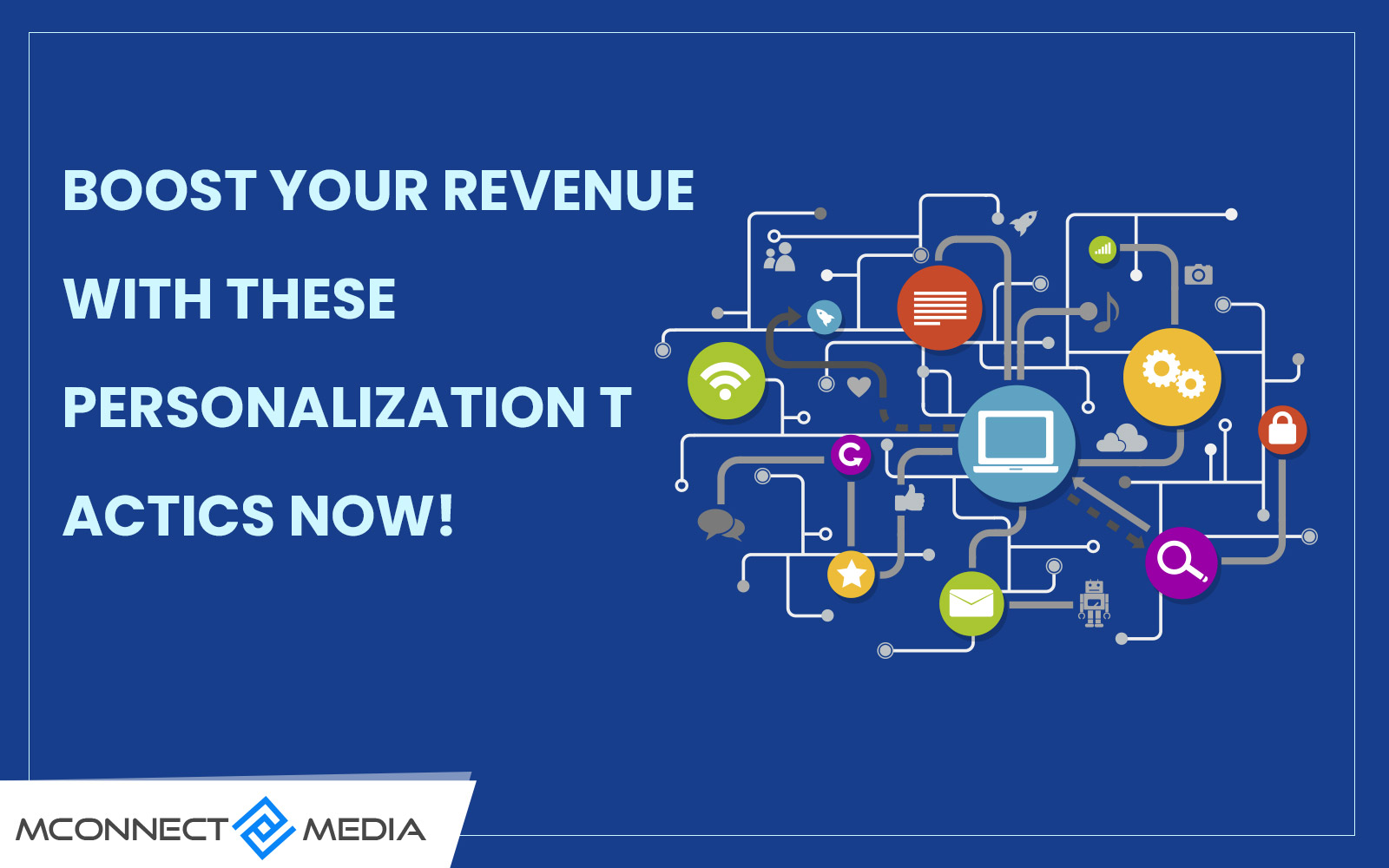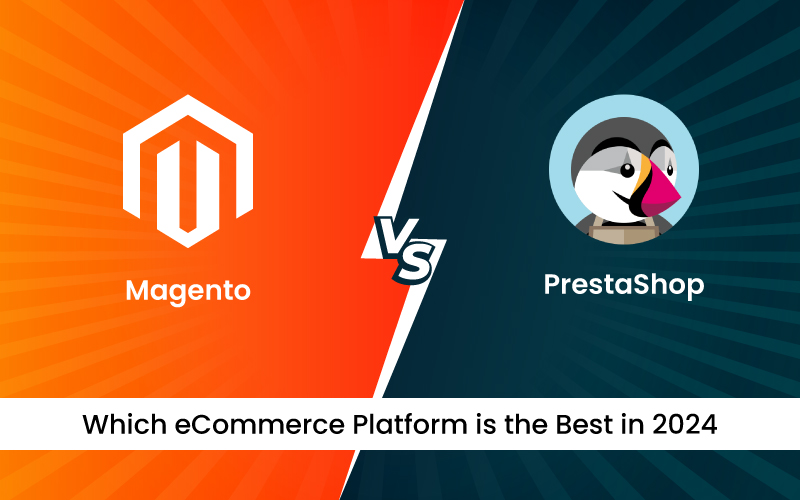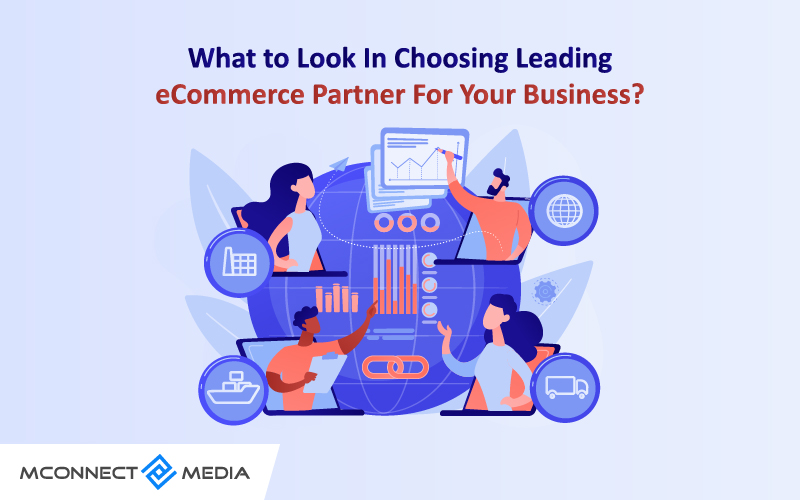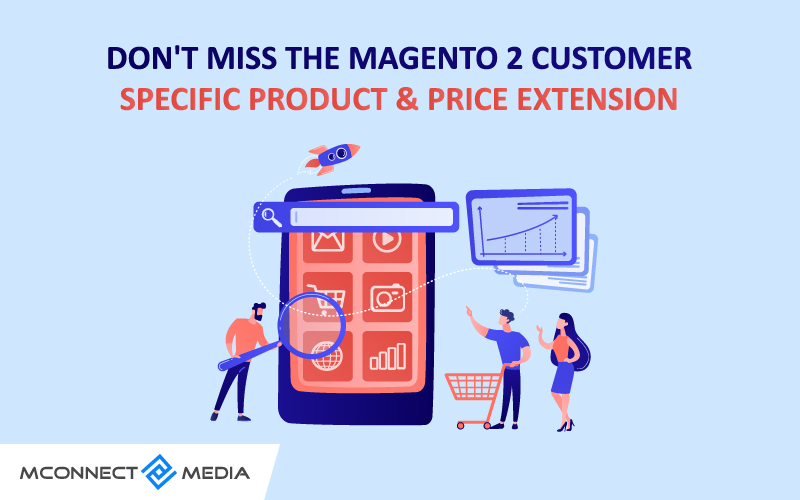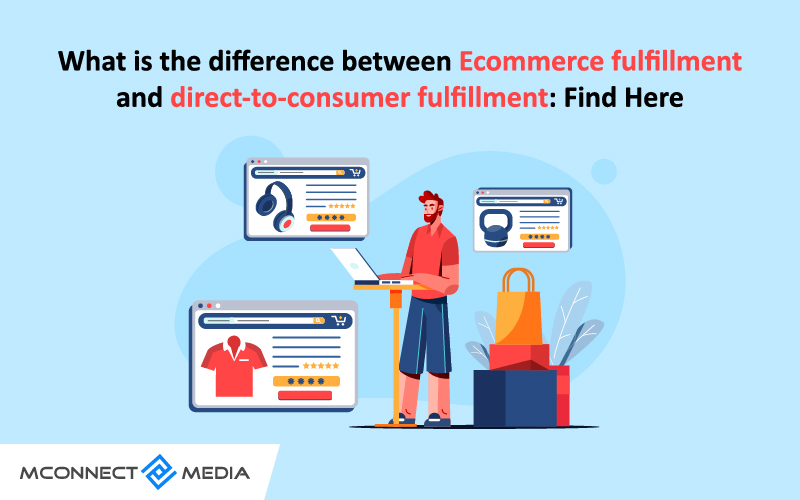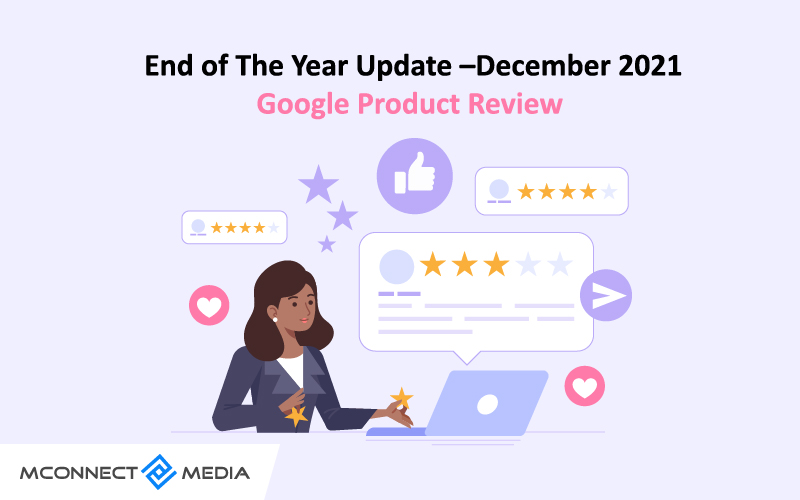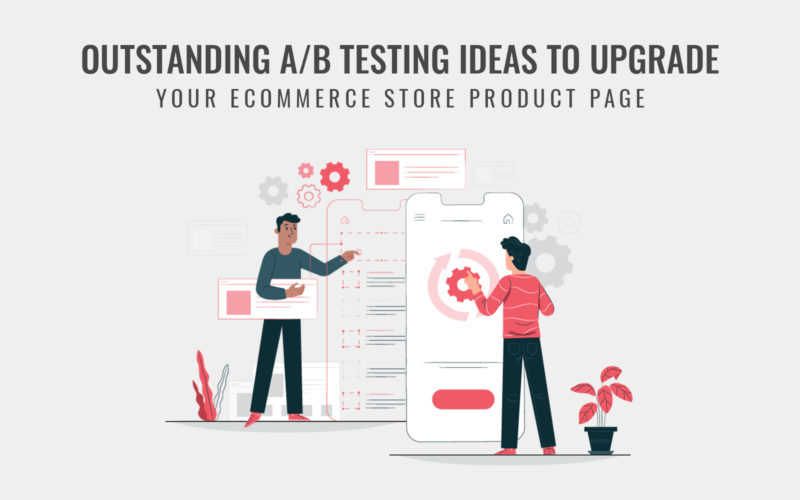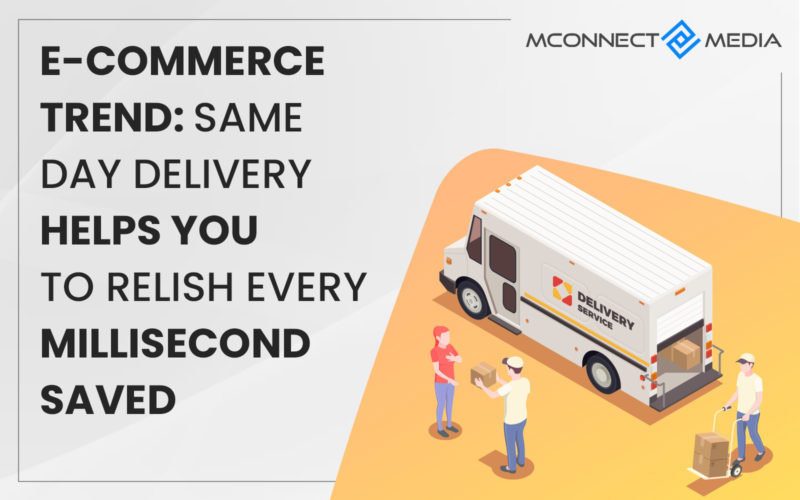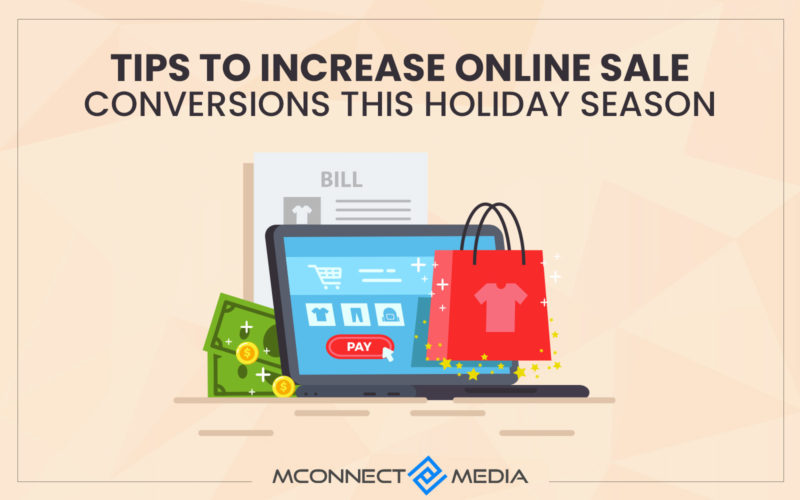When marketing your product, you have to entice customers and make them feel that you have what they need and you care about them. As a result, you have to highlight the benefits that are important to them and use a language that resonates. But in today’s time where every customer is unique, has unique needs, and is at different stages in their journey. That’s the time customer segmentation comes into the picture.
Customer segmentation is the process of putting your customers into categories based on their activity, interest, or past purchase. It divides your larger customer base into smaller sections so that you can target audiences based on the specific details of their segment. The chances are high, your consumers become buyers, and one-time buyers become loyal customers.
Ultimately, for any marketer, customer segmentation is not a choice, it’s a necessity.
What you can achieve from a customer segmentation strategy?
- Better marketing effectiveness.
- Enhanced sales and revenue by enhancing competitiveness.
- Enhance your customer base.
- Enhance customer retention by staying connecting with your customer.
Many good things come can come from segmenting your audience but good segmentation needs good data.
Why Customer Segmentation important?
Customer segmentation is important because it brings a business to make marketing more effective, provide customers more of what they want, and drive more sales. The marketing is more effective because it is more targeted.
With customer segmentation, you can use specific messages for your customers by avoiding vague language and messaging that intending to speak to everyone. However, you can use specific messaging that directly references certain needs and resonates with audiences.
For example, beauty and hair salon might segment their customers into those who regularly come in for face care and haircuts. While they both customers of the same business, they will be interested in different offerings from the brand.
- Customer get what they desired for
Just think like a customer, you will never show interest in a product that doesn’t fill your wants and needs. With customer segmentation, you can introduce audiences to the product and services that are most likely to fill their needs and wants.
For example, customers that visit salon and beauty care for regular face care and haircuts might need new beauty and hair products. Targeting this segment of customers when there is a deal on the face and hair care products gives the customer a path toward, they want and need.
- Boost sales and customer satisfaction
When you have the right marketing message that promotes and markets in the right way is the best and effective. This drives purchases and impulse buys and leads to higher customer satisfaction. A more personalized experience means more customers or more happy customers.
80% of customers are more likely interested in purchasing a product from a brand that offers personalized experiences.
90% of customers find personalized experiences appealing
72% of customers only engage with a personalized marketing message
Let’s whirl it out….
What is Personalization?
Customer segmentation and personalization are the two sides of a coin, but they are slightly different.
- Customer segmentation is the process of targeting a group of similar customers.
- Personalization is a process of targeting a single customer.
Personalization targets an individual by using their name or referring to their specific activities such as past purchase, or last time visited on a location. The advantages and tactics for personalization are similar to customer segmentation, and those tactics are individualized.
What are the segmentation approaches?
Now that you know why customer segmentation is important. Let’s look at few ways and approaches you can use it marketing.
1. Geographical segmentation:
Well, many businesses have geographical elements, as in they serve in a specific region, such as country, city, and state. By geographical segmentation, you can target consumers based on their contrasting region-specific needs, wants, and cultural characteristics.
One of the leading brand Mc Donald’s advertises different menus in the countries they expand. Having geographical segmentation method used for their customer help them in enhancing business and revenue.
Even for small businesses with a limited budget, geographical segmentation can help spend marketing dollars in an effective more.
2. Demographic segmentation:
In demographic segmentation, it assumes that people with similar demographics have similar purchasing intents such as age, gender, ethnicity, and occupation.
One of the renowned brands Puma has implemented demographic segmentation to enhance sales and conversions. They find that the purchase ratio of women is increasing over time and that’s the reason they have started marketing over women.
3. Psychographic segmentation:
Psychographic segmentation is a bit difficult compared to the above methods but can be easy if you can indeed figure it out. It allows you to more precisely and retarget consumers based on their personality, traits, and lifestyles.
Psychographic segmentation can help you enhance marketing ROI due to more effective marketing campaigns and messaging that ultimately inspire action.
Hence, these are the customer segmentation approaches that can act as a starting point, after which you can very well set your own criteria.
- Research to identify the target audience and understand the different groups within your target audience.
- Understand their unique preference, their needs, and priorities. Use this data to divide them into segments that you can market.
- Create a persona for each segment, and document the needs, preferences, and priorities of each segment.
Ways to use Successful segmentation:
Here are the ways you can use successfully segmentation in your business and enjoy benefits. Let’s look at a few ways you use it in marketing.
- Manage customer data:
First things, you cannot use customer segmentation if you have no data to allow you to segment your customers and audience. So, setting up a customer data is essential to manage or track customer data.
- Gather customer data:
Once you have a system that can manage customer data, create incentives to get customers to join your system. You can gather customer data in many ways. Here are some of the ways you can collect customer data:
- You can use emails and phone numbers when customer checkout
- Use Wi-Fi marketing to gather data from a customer when they use your free in-store Wi-Fi.
- Create a customer layout program
- Add Facebook and Google pixels to your site to track customers who visit your website and social profiles.
Conclusion:
That’s the kind of marketing for you that will bring you a higher ROI, and long-term relationship. The above mentioned are the different approaches and ways to implement segmentation to your brand or business to grow clientele and business revenue.
Need help in implementing customer segmentation? M-connect Media can be your one-stop solution as we have in-house eCommerce experts who can guide you on segmenting your customer and help you grow your business.


